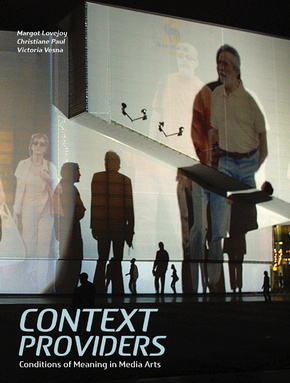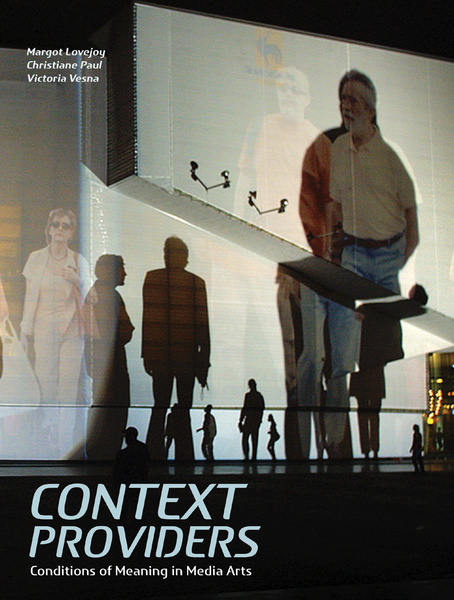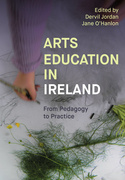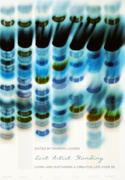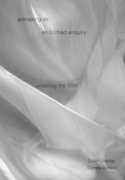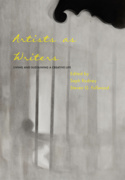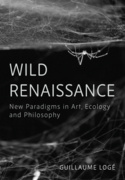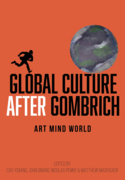Context Providers (Book)
Conditions of Meaning in Media Arts
Context Providers explores the ways in which digital art and culture are challenging and changing the creative process and our ways of constructing meaning. The authors introduce the concept of artists as context providers – people who establish networks of information in a highly collaborative creative process, blurring boundaries between disciplines. Technological change has affected the function of art, the role of the artist and the way artistic productions are shared, creating a need for flexible information filters as a framework for establishing meaning and identity. Context Providers considers the work of media artists today who are directly engaging the scientific community through collaboration, active dialogue and creative work that challenges the scientific.
Edition
Context Providers explores the ways in which digital art and culture are challenging and changing the creative process and our ways of constructing meaning. The authors introduce the concept of artists as context providers—people who establish networks of information in a highly collaborative creative process, blurring boundaries between disciplines. Technological change has affected the function of art, the role of the artist, and the way artistic productions are shared, creating a need for flexible information filters as a framework for establishing meaning and identity. Context Providers considers the work of media artists today who are directly engaging the scientific community through collaboration, active dialogue, and creative work that challenges the scientific.
Margot Lovejoy is professor emerita of visual arts at SUNY Purchase and the author of Digital Currents: Art in the Electronic Age.
Christiane Paul is adjunct curator of new media arts at the Whitney Museum of American Art and director of Intelligent Agent, a service organization dedicated to digital art.
Victoria Vesna is a media artist and professor in the Department of Design and Media Arts at the UCLA School of the Arts. She is also director of the UCLA Art|Sci center and the UC Digital Arts Research Network.

